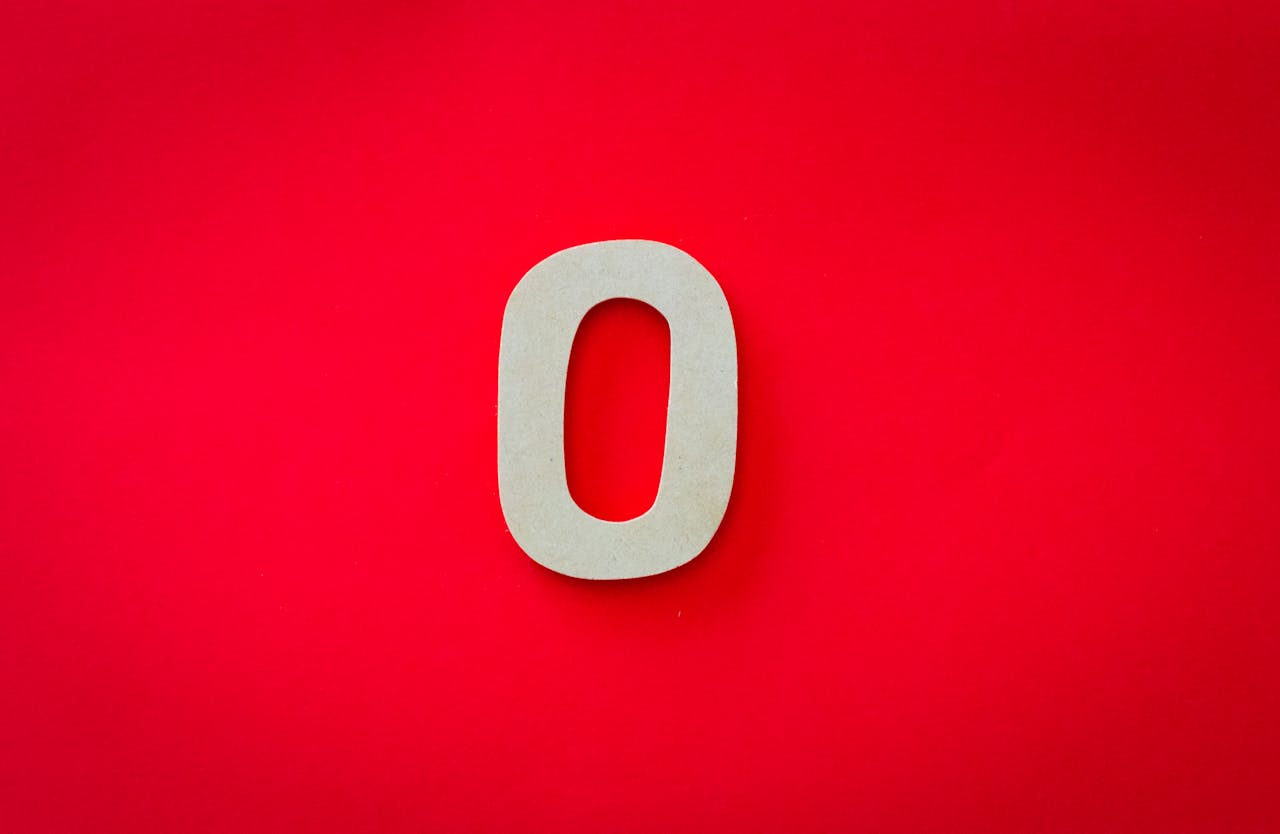

“Inbox Zero” has been the holy grail of email productivity for years. For good reason, the concept is simple. By methodically processing each email, you’ll be able to keep your inbox empty or close to empty. Even though this approach sounds appealing, it can quickly become yet another endless list of things to do, leaving you overwhelmed, distracted, and misdirected.
Nowadays, it seems impossible to delete, sort, or otherwise manage incoming emails methodically. Instead of obsessing over Inbox Zero, you should develop smarter, more sustainable email habits that will save you time, protect your focus, and increase your productivity.
The Problem with Inbox Zero
In a blog post from 2013, productivity expert Merlin Mann introduced the Inbox Zero philosophy. The goal? Help people manage the flood of emails by responding promptly and decisively. When email was the primary digital communication method, it worked well.
But times have changed.
In 2018, over 28 billion emails were sent per day. It’s estimated that a whopping 408.2 billion emails will be sent each day by 2027. Further, in today’s world, professionals face more than just emails. They also deal with texts, Slack messages, DMs, Teams chats, and notifications from dozens of apps. No wonder people spend six hours and forty minutes a day staring at screens.
It’s safe to say that digital noise is endless. So, trying to reach or maintain Inbox Zero in this environment is like trying to bail out water from a leaky boat: it takes time and mental energy, but rarely results in any real progress.
Why inbox zero can backfire.
- Creates false productivity. By clearing your inbox, you give the illusion of productivity without necessarily advancing meaningful work.
- Encourages constant checking. Keeping up with email leads to frequent interruptions and shallow results.
- Traps you in reactive mode. When you prioritize email, you respond to other people’s agendas instead of your own.
Rather than playing whack-a-mole with email, adopt smarter and more strategic habits that utilize email properly — useful but not intrusive.
Smarter Email Habits for Busy People
Let’s start a revolution in email, one where you regain focus. To better manage your inbox, follow these actionable strategies;
1. Embrace “inbox enough.”
Let go of the rigid ideal of “zero.” Instead, aim for Inbox Enough, where your email is under control, but it doesn’t control you.
- Responding to what’s genuinely essential or requires your unique input. You don’t have to reply to every email you receive.
- Letting go of the compulsive need to read or reply to everything. Most emails are for your information only, or can be deleted quickly.
- Accepting that some emails may be archived, ignored, or even deleted without direct action. It’s okay to let go of every message you receive.
Decide on a reasonable, manageable unread email threshold that feels manageable to you (e.g., fewer than 20, 50, or even 100, depending on your role). It’s not about artificially emptying a folder, but about achieving clarity and calm.
2. Batch process your email.
Don’t think of email as a continuous stream, but rather as a specific task. In addition to fragmenting attention, constant message checking induces decision fatigue and undermines deep focus.
Batching is a far more effective strategy;
- Establish specific times during your workday, such as 10:30 AM and 3:00 PM, or before logoff, when you will exclusively check and respond to email.
- When working through your inbox, be quick and decisive.
- Lastly, close your email client completely until your next scheduled session. You might even want to disable notifications on your phone.
When you batch, you reduce cognitive load, prevent email interruptions, and focus on your most important tasks without distractions.
3. Use the 2-minute rule wisely.
According to the classic 2-minute rule, popularized by David Allen’s Getting Things Done, if you can complete an email or task in less than two minutes, you should. For preventing minor tasks from piling up, this rule is excellent.
Even so, a rigid approach can still lead to constant interruptions, especially outside of dedicated email time. It would be better to;
- Apply the 2-minute rule only during your pre-scheduled email time blocks. By doing this, you will be able to efficiently triage and clear simple email messages within your dedicated email window.
- When responding or completing action items that require more time (even if they start with a 2-minute thought) flag them or create a dedicated task for later handling.
By doing this, you keep your flow when you’re not in email mode and prevent quick replies from becoming an all-day, attention-draining chore.
4. Set boundaries with senders.
By setting clear, proactive expectations, you can train people to interact with your inbox. It’s not about being unhelpful; it’s about being efficient and protecting your time.
- Use an email signature that clearly notes your typical response time. You might say something simple like: “I typically respond to email within 24 hours of receipt.” Or “If you have urgent matters, please contact me via [Slack/phone].”
- For internal teams, establish a clear protocol for urgent communication. Use a specific channel instead of email for minor updates and urgent requests, such as Slack, Microsoft Teams, or a quick phone call.
Explicitly setting boundaries reduces the expectation of immediate responses and allows you to control your response timing.
5. Unsubscribe ruthlessly.
Most inboxes aren’t overwhelmed by urgent work emails, but by newsletters, promotional offers, marketing emails, and subscription noise. As a consequence of this clutter, you are constantly tempted to “just look.”
Once a week, dedicate 10-15 minutes to;
- Unsubscribe from anything you no longer find valuable, read, or need. You need to be honest with yourself unless it adds direct value; unsubscribe.
- Use services such as Unroll.me or your email provider’s filtering tools to keep non-essential emails out of your primary inbox by sweeping them into designated folders, or even summarized digests.
Inbox cleaning leads to less mental and visual clutter, fewer temptations to constantly check, and better clarity.
6. Write lower-light emails.
The best way to reduce the incoming email avalanche and the time spent processing it is to send fewer emails and write them concisely.
Aim for;
- Clear, actionable subject lines. This tells the recipient exactly what the email is about and what action or information is required.
- One main idea per email. Don’t send multi-topic emails that require multiple responses and complex thought. Consider sending separate, focused emails if you have several distinct points.
- Brief, scannable, and actionable requests. Keep it short and sweet. For clarity, use bullet points or numbered lists. If applicable, conclude with a clear call to action.
Using shorter emails saves time for you, recipients, and teams, and reduces back-and-forth exchanges.
7. Turn emails into action items.
Treating your inbox as both a communication and task management system can cause email overwhelm. If you leave emails in your inbox as reminders for tasks, you will miss deadlines and create mental clutter.
Stop the madness by;
- Move any actionable items from an email to a dedicated to-do list or project management tool, such as Asana, Todoist, Trello, Notion, or even a simple notebook.
- As soon as the action item is captured elsewhere, archive or delete the original email message. The email itself is no longer a task after you have extracted the essential information.
By separating communication from task management, you can simplify your mind, avoid losing track of tasks, and maximize your inbox’s functionality.
8. Use priority labels and filters.
Don’t waste your email app’s features. Modern email platforms offer powerful tools for handling triaging and staying focused;
- Utilize labels or tags. To categorize incoming messages quickly, use “Urgent,” “Waiting For,” “Read Later,” “Client A,” and “Project X.” By doing so, you can prioritize and find things more easily.
- Set up intelligent filters or rules. This will automatically sort newsletters, routine updates, low-priority notifications, and internal team communications into specific folders.
Using labels and filters strategically ensures that your dedicated email blocks only display messages that truly require your attention.
9. Default to asynchronous communication.
As long as you don’t need an immediate response, email works best for asynchronous communication. It’s ideal for sharing information, staying up-to-date, and handling requests on a flexible schedule.
Inspire your teams, colleagues, and clients (when appropriate) to;
- Avoid email for urgent needs. Use alternative channels like phone calls or instant messaging if the request is time-sensitive.
- Leverage collaborative tools. Use Slack, Teams, or project management boards for ongoing discussions, quick questions, and real-time problem solving.
You can respond on your schedule, rather than constantly on call, by keeping email asynchronous.
10. Permit yourself to ignore.
Among all habits, this may be the most liberating. Every email you receive is not worth your time, energy, or even a response. As such, protect your bandwidth without apologizing.
- Delete without guilt. You should delete the message if it’s spam, irrelevant, or clearly not for you.
- Say “no” without overexplaining. In most cases, a polite, concise “no” is more effective and respectful of your time and the sender’s than a long, drawn-out explanation.
- Ignore messages that don’t align with your priorities or values. Let go if an email asks for something outside your scope or solicits something you don’t want.
By saying “no” or intentionally ignoring, you place more mental energy and time into the more important work that moves the needle.
Bonus: Email Detox Days
Try implementing an Email Detox Day (or even a half-day) each week to break the cycle of constant email checking:
- You can either avoid email entirely one day per week, or severely limit your checking to just one brief, scheduled check-in.
- Take advantage of this time to deepen your work, plan strategically, develop your mind creatively, or even develop yourself.
- Without the constant distraction of an inbox, you can accomplish a surprising amount of focused work. “Urgent” emails can usually wait 24 hours.
The Bottom Line
Inbox Zero isn’t a productivity cure-all. For many busy professionals, it’s merely a distraction. When you adopt smarter, more sustainable email habits, you can reclaim your time, protect your focus, and get back to doing what matters most.
Let go of an empty inbox and live your life the way you want.
Image Credit: Photo Magda Ehlers; Pexels
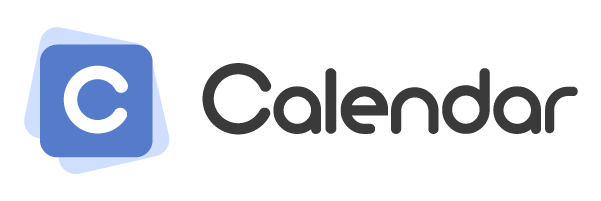

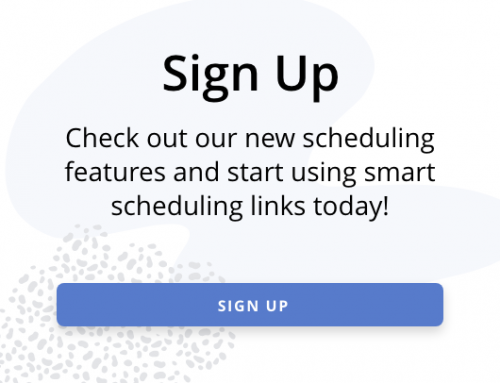



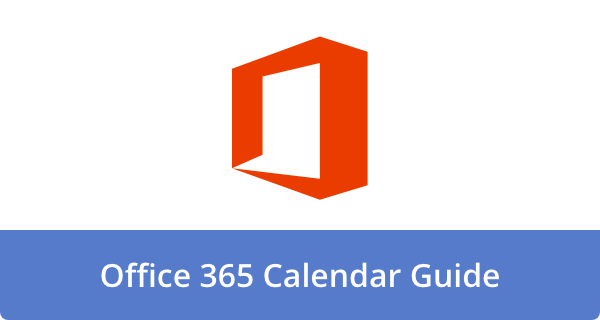
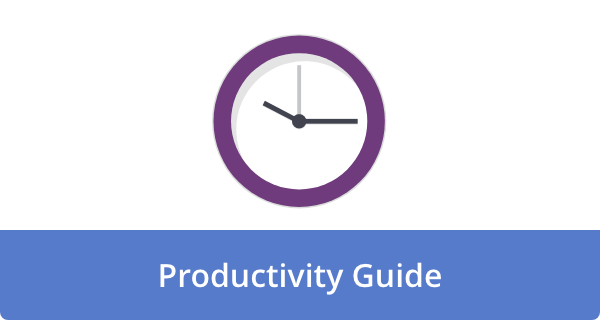


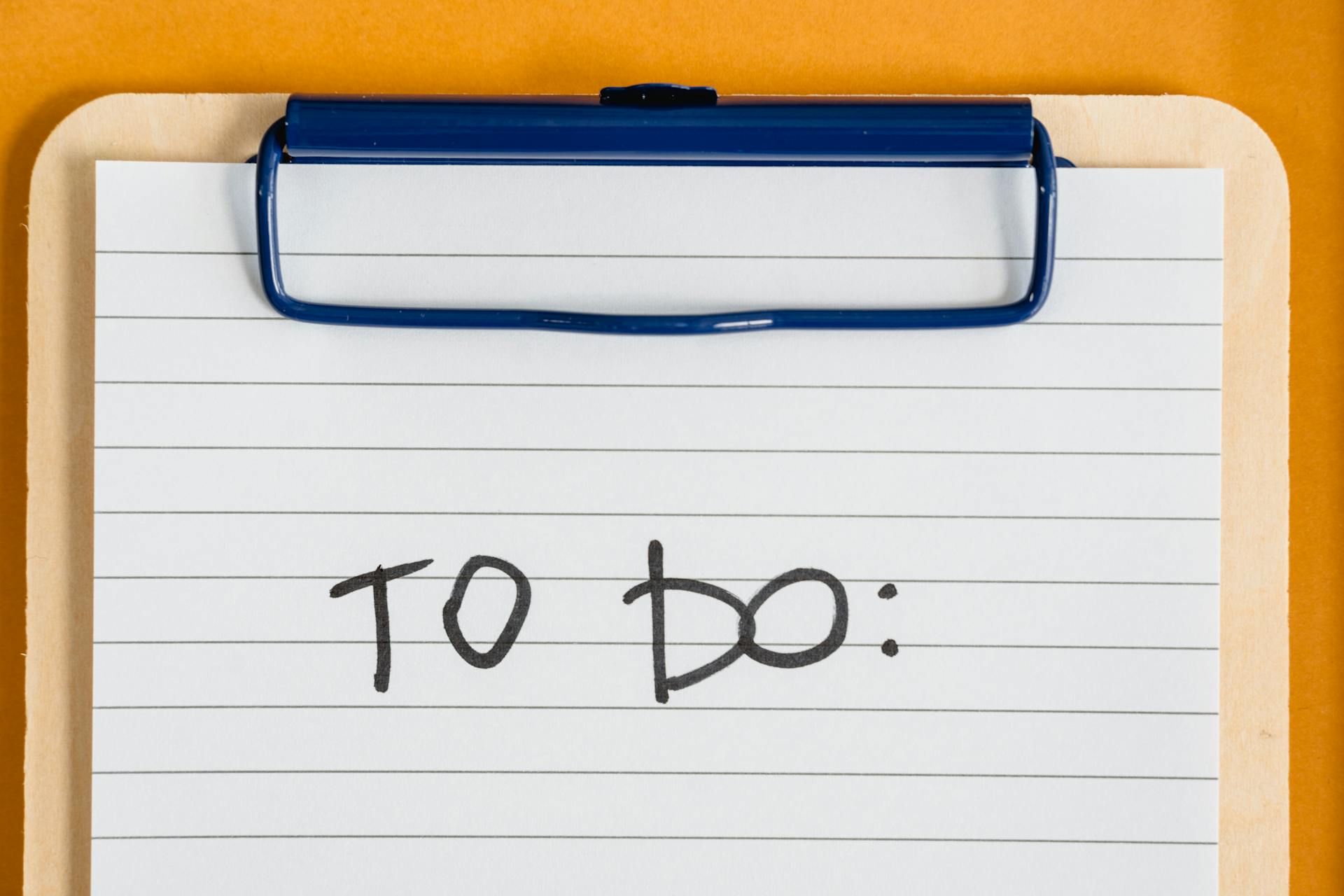
John Rampton
John’s goal in life is to make people’s lives much more productive. Upping productivity allows us to spend more time doing the things we enjoy most. John was recently recognized by Entrepreneur Magazine as being one of the top marketers in the World. John is co-founder of Calendar.